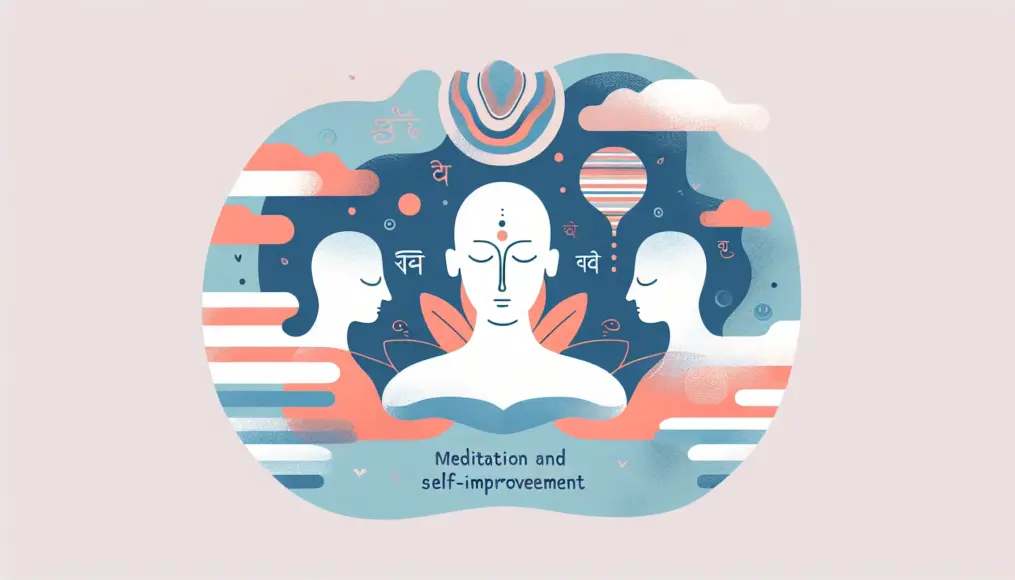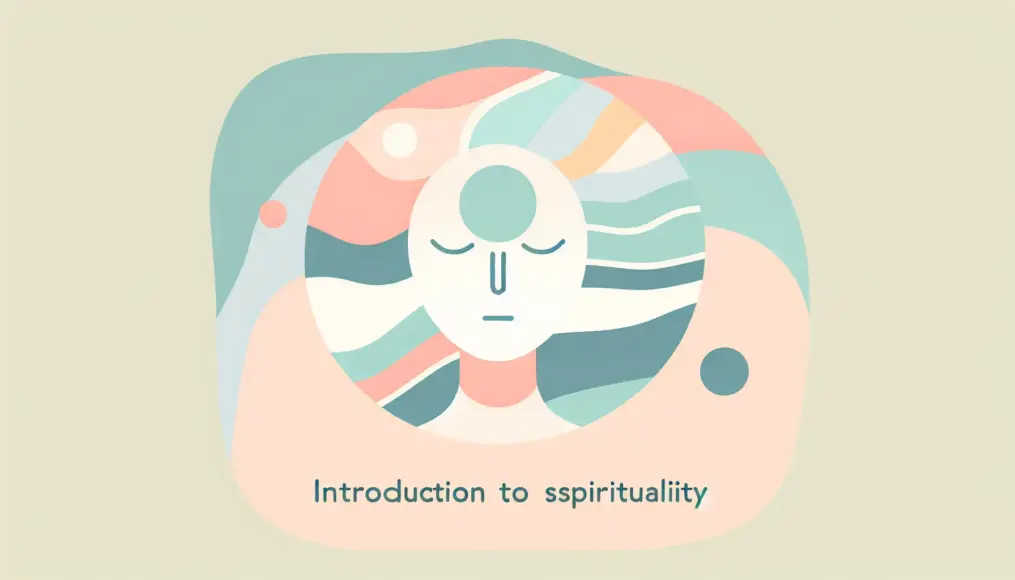Mastering the art of meditation and zazen can truly transform your life. Whether you’re seeking inner peace, a deeper connection with yourself, or simply a way to manage stress, these practices offer a pathway to greater awareness and balance. In this article, we’ll explore the fundamentals of meditation and zazen, helping you understand their unique benefits and how to weave them seamlessly into your daily routine.
As you embark on this journey, you’ll discover practical tips for establishing a regular practice, from mastering effective postures to finding the time in your busy schedule. Embracing meditation and zazen not only enriches your personal growth but also empowers you to face life’s challenges with a calm and centered mindset.
- Learn the basics of meditation and zazen, including their purpose and benefits.
- Discover practical steps and techniques for effective practice.
- Get tips on how to incorporate meditation into your daily life, no matter how busy you are.
Understanding the Basics of Meditation and Zazen
What is Meditation? Its Purpose and Benefits
Meditation is a practice that has been around for centuries, designed to promote mental clarity and emotional stability. At its core, meditation involves focusing your mind and eliminating distractions, allowing you to connect with your inner self. This practice can take many forms, from guided sessions to silent contemplation, but its purpose remains the same: to foster a sense of peace and presence in your life.
One of the most significant benefits of meditation is its ability to reduce stress. In our fast-paced world, finding moments of calm can feel impossible, but even just a few minutes of meditation each day can lead to profound changes in your overall well-being. Many who meditate regularly report feeling less anxious and more equipped to manage daily pressures, which can ultimately lead to better health outcomes.
Furthermore, meditation enhances self-awareness, helping you to understand your thoughts and emotions more clearly. This heightened awareness can lead to better decision-making and improved relationships, as you become more attuned to your own needs and those of others. By incorporating meditation into your routine, you can cultivate a greater sense of empathy and connection with the world around you.
Lastly, meditation can also boost creativity and focus. As you clear your mind of clutter, you may find that inspiration flows more freely, and you’re able to concentrate more effectively on tasks at hand. This allows you to approach challenges with a fresh perspective, making meditation a powerful tool for both personal and professional growth.
- Meditation helps reduce stress and anxiety.
- It enhances self-awareness and emotional understanding.
- Regular practice can improve creativity and focus.
The History and Cultural Background of Zazen
Zazen, often referred to as seated meditation, has deep roots in Zen Buddhism and is traditionally practiced as a means of attaining enlightenment. Originating in China and later flourishing in Japan, zazen emphasizes the importance of posture and breath to facilitate a connection with one’s true nature. Unlike other forms of meditation that may focus on guided imagery or mantra repetition, zazen is about simply being present in the moment.
The practice of zazen involves sitting in a specific posture, usually cross-legged, with your back straight and hands in a particular mudra. This physical alignment is essential, as it helps promote alertness while maintaining a sense of calm. The act of focusing on your breath during zazen serves as an anchor, allowing practitioners to return to the present moment whenever their thoughts begin to wander.
Culturally, zazen is not just a meditation technique; it is a lifestyle rooted in mindfulness and simplicity. The Zen philosophy encourages practitioners to embrace the here and now, finding beauty in everyday experiences. As you delve into zazen, you’ll discover that it is not merely about achieving a state of tranquility but also about cultivating awareness in all aspects of life.
- Zazen is a seated meditation rooted in Zen Buddhism.
- Proper posture and breath are central to the practice.
- It encourages mindfulness and appreciation for the present moment.
Practicing Meditation and Zazen
Basic Steps for Meditation
Getting started with meditation is easier than you might think, and it doesn’t require any special equipment. The first step is to find a quiet space where you can sit comfortably without distractions. You can choose a chair, a cushion, or even the floor—whatever feels best for you. Once you’re settled, close your eyes gently or keep them slightly open with a soft gaze.
Next, focus on your breath. Inhale deeply through your nose, letting your abdomen expand, and then exhale slowly through your mouth. This rhythmic breathing is crucial as it helps ground you in the present moment. If your mind starts to wander— and it will— gently bring your attention back to your breath. Remember, it’s completely normal for thoughts to arise; the key is not to engage with them but to acknowledge them and return your focus to your breathing.
As you begin to establish a routine, start with shorter sessions, perhaps just five to ten minutes a day. Gradually, you can increase the duration as you become more comfortable. Consistency is more important than length; even a few minutes a day can yield significant benefits over time. Consider setting a timer to help keep track of your sessions without checking the clock.
Lastly, don’t worry about achieving a “perfect” state of mind. Meditation is a practice, and there’s no right or wrong way to do it. Embrace the journey and allow yourself to experience whatever arises during your sessions. By making meditation a regular part of your day, you’ll create a valuable space for reflection and calm amidst the chaos of life.
- Find a quiet space to sit comfortably.
- Focus on your breath and return to it when your mind wanders.
- Start with short sessions and gradually increase the time as you become more comfortable.
Effective Postures and Breathing Techniques for Zazen
In zazen, posture is crucial for promoting a state of alertness and tranquility. Begin by sitting in a comfortable position, often in the lotus or half-lotus position. If these are too challenging, you can simply sit cross-legged or on a chair with your feet flat on the ground. The key is to maintain a straight back without straining, allowing your spine to naturally align. Place your hands in a mudra that feels comfortable—often, the hands are rested in your lap with palms up, one on top of the other, with the thumbs lightly touching.
Breathing in zazen is about finding a rhythm that supports your meditation practice. Begin by taking a few deep breaths to settle your body and mind. Then, allow your breath to return to its natural state, focusing on the sensation of the air entering and leaving your body. As you breathe, let go of any tension, and immerse yourself in the experience of each inhale and exhale. This connection to your breath helps anchor you in the present, making it easier to observe thoughts and feelings without judgment.
- Sit with a straight back in a comfortable position.
- Use a mudra that feels natural to you, such as resting hands in your lap.
- Focus on natural breathing to maintain presence during meditation.
Tips for Incorporating into Daily Life
How to Create Time for Meditation and Zazen
Finding time for meditation and zazen in our busy lives can seem daunting, but with a few adjustments, you can easily weave these practices into your daily routine. Start by identifying pockets of time throughout your day. Whether it’s early in the morning before the world wakes up, during your lunch break, or even just before bed, setting aside a few minutes can make all the difference. It’s about prioritizing your well-being, and once you recognize the benefits, you’ll likely find it easier to carve out that time.
Another effective strategy is to establish a specific time for your practice. Consistency helps set a routine, making it easier to remember and look forward to. You could pair your practice with an existing habit, like brushing your teeth or having your morning coffee. This way, meditation and zazen become a natural part of your day, rather than an additional task on your to-do list. Over time, this commitment will lead to a richer practice and greater personal growth.
- Identify specific moments in your day to meditate or practice zazen.
- Set a consistent time to make meditation a regular habit.
- Pair your practice with an existing routine for easier incorporation.
Short Meditations for Busy People
If you’re pressed for time, you don’t have to miss out on the benefits of meditation and zazen. Short, focused sessions can be incredibly effective, even if they last only a few minutes. One popular technique is the one-minute meditation, where you simply stop what you’re doing, close your eyes, and focus on your breath for a full minute. This quick reset can help clear your mind and bring a sense of peace amid a hectic day.
Another approach is to practice mindful moments throughout your day. This can include taking a short walk while paying attention to your surroundings or enjoying a cup of tea while focusing on its warmth and aroma. These small acts of mindfulness are a form of zazen, allowing you to cultivate awareness without needing a dedicated time slot. They can serve as reminders to slow down and reconnect with the present, providing a brief escape from your busy schedule.
Lastly, consider using guided meditation apps or online resources that offer short sessions tailored for busy individuals. Many of these platforms provide meditations ranging from just three to ten minutes, making it easy to fit them into your day. With such resources at your fingertips, you can explore different styles and find what resonates with you, ensuring your meditation journey remains engaging and fulfilling.

If you’re looking to enhance your meditation practice further, you might find it beneficial to explore the article titled Enhance Your Life with Meditation Using the Law of Attraction!. This piece delves into how the law of attraction can be integrated with meditation techniques, helping you unlock your inner potential and manifest the life you desire. It’s a great resource for those seeking to deepen their understanding of meditation’s transformative power.
- Try one-minute meditations for quick mental resets.
- Incorporate mindfulness into everyday activities for a zazen experience.
- Use guided meditation apps for short, effective sessions.
Mindset for Habit Formation
Tips for Sustaining Habits
Establishing a consistent meditation and zazen practice is all about mindset. One of the most effective ways to sustain these habits is to set realistic expectations. It’s important to remember that progress may not always be linear. Some days you might feel deeply connected during your practice, while other days it may feel challenging to focus. Embrace this variability as part of the journey, and remind yourself that every moment spent in meditation is a step towards greater self-awareness and peace.
Another helpful tip is to cultivate a positive environment around your practice. Create a dedicated space for meditation and zazen that feels inviting and calming. This could be a cozy corner of your room with soft cushions, candles, or calming scents. By associating this space with mindfulness, you’ll find it easier to slip into the right mindset when it’s time to practice. Additionally, consider sharing your meditation journey with a friend or joining a community. This support can provide accountability and encouragement, making it easier to stick to your commitment.
- Set realistic expectations for your practice.
- Create a calming and inviting space for meditation and zazen.
- Share your journey with friends or join a community for support.
Learning from Setbacks: The Importance of Trying Again
It’s natural to encounter setbacks when trying to establish a new habit, and meditation and zazen are no exceptions. You might miss a few days or struggle to stay focused during your sessions. The key is to approach these challenges with self-compassion. Recognize that setbacks are a normal part of the process and an opportunity for growth. Instead of being hard on yourself, use these moments to reflect on what might have caused your inconsistency. Perhaps your schedule became unexpectedly busy, or you faced emotional hurdles. Understanding these factors can help you adjust your approach moving forward.
Moreover, it’s essential to remember that meditation and zazen are practices, not perfect performances. Each time you return to your mat or cushion, you’re giving yourself a gift, regardless of how it feels. Celebrate the small victories, whether that’s sitting for just a minute longer than before or noticing a fleeting thought without judgment. Every effort counts, and over time, these small steps accumulate into meaningful progress.
Finally, consider setting intentions for your practice. This can be a simple phrase or a goal that resonates with you, such as “I am open to this moment” or “I will return to my breath.” By having a guiding intention, you’ll have a clearer focus during your sessions, making it easier to re-engage after a setback. Remember, the journey is about cultivating awareness and connection, so each return to practice is a step in the right direction.
- Approach setbacks with self-compassion and reflection.
- Celebrate small victories in your practice.
- Set intentions to guide your meditation and zazen sessions.
Conclusion
Incorporating meditation and zazen into your life can lead to transformative experiences and profound benefits for your mental and emotional well-being. As you practice these techniques, remember that consistency and self-compassion are key. Embrace the journey, and allow yourself the space to grow and learn from each session, whether it feels perfect or not. The beauty of meditation lies in its simplicity and the ability to connect with the present moment, making each breath a step toward greater awareness.
As you continue to explore these practices, consider how they can fit seamlessly into your daily routine, enhancing your overall quality of life. By prioritizing time for meditation and zazen, you’ll not only cultivate inner peace but also develop resilience to navigate life’s ups and downs with grace.
- Meditation promotes mental clarity and emotional stability.
- Zazen encourages mindfulness and presence, enhancing daily experiences.
- Establishing a consistent practice fosters personal growth and well-being.
We would love to hear about your experiences with meditation and zazen! Please leave a comment below sharing your thoughts or any tips you might have for others.



Comment